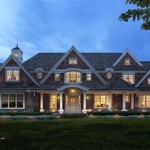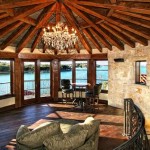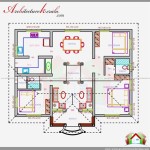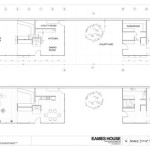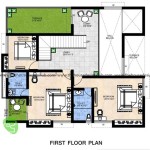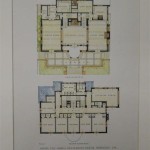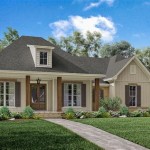Framing Old House Plans: Essential Steps for a Restored Masterpiece
Restoring an old house can be a rewarding endeavor, preserving its historical charm while bringing it up to modern standards. Framing forms the skeletal structure of a house, and it's crucial to approach this task with precision and care, especially when dealing with older structures.
1. Assessment and Planning
Before any framing begins, a thorough assessment of the existing structure is necessary. Inspect the existing framing for any damage, rot, or structural issues. Consult with an architect or structural engineer if extensive repairs or modifications are anticipated.
2. Material Selection
Choosing the appropriate framing materials is essential. For older houses, reclaimed lumber is a preferred option to maintain authenticity. However, new lumber can also be used if necessary. Select wood species that are durable and resistant to rot, such as oak, cedar, or pressure-treated pine.
3. Framing Techniques
Traditional framing methods were often used in old houses, such as balloon framing or platform framing. When repairing or replacing framing members, it's important to adhere to the original construction techniques to maintain structural integrity.
4. Proper Sizing and Spacing
The size and spacing of framing members will determine the strength and durability of the structure. Use the original plans or consult with a structural engineer to determine the appropriate sizes and spacing for beams, joists, and studs.
5. Reinforcement and Connection
Older framing may require reinforcement to meet modern building codes. Install knee braces, shear walls, or additional framing members to enhance structural stability. Use appropriate fasteners, such as hurricane ties, to ensure secure connections between framing elements.
6. Insulation and Energy Efficiency
While preserving the historical character of the house is paramount, improving insulation and energy efficiency is equally important. Add insulation between framing members and air seal gaps to reduce energy consumption and enhance comfort.
7. Protection and Maintenance
Once the framing is complete, it's essential to protect it from moisture, pests, and fire. Apply appropriate treatments, such as weather-resistant coatings or fire retardants, to preserve the integrity of the framing. Regular inspections and maintenance will ensure its longevity.
Conclusion
Framing old house plans requires a thoughtful approach that combines historical preservation with modern building practices. By adhering to these essential steps, homeowners and contractors can restore the structural integrity of an old house while preserving its charm for generations to come.

Old Drawings Of The House Framed Love This Blueprints Scandinavian Home Plans

Make Vintage Art From Your Home Blueprints What Meegan Makes

Double A Frame Framecabin Houseframing Framing Woodframing Toolzguide Cabin Plans House

Classic Design For A Low Budget Frame Project Small House Cabin Plans Floor

Make Vintage Art From Your Home Blueprints What Meegan Makes

1889 Architecture Print House Blueprint Vintage Antique Old Architectural Prints Blueprints

A Frame House Plans Everything You Need To Know Field Mag

Vintage A Frame House Plans For Second Homes Vacation Cabins 12 Cool Designs From The 50s 60s Americana
Timber Frame House Re Values And Lifespan Hamill Creek Homes

Make Vintage Art From Your Home Blueprints What Meegan Makes

